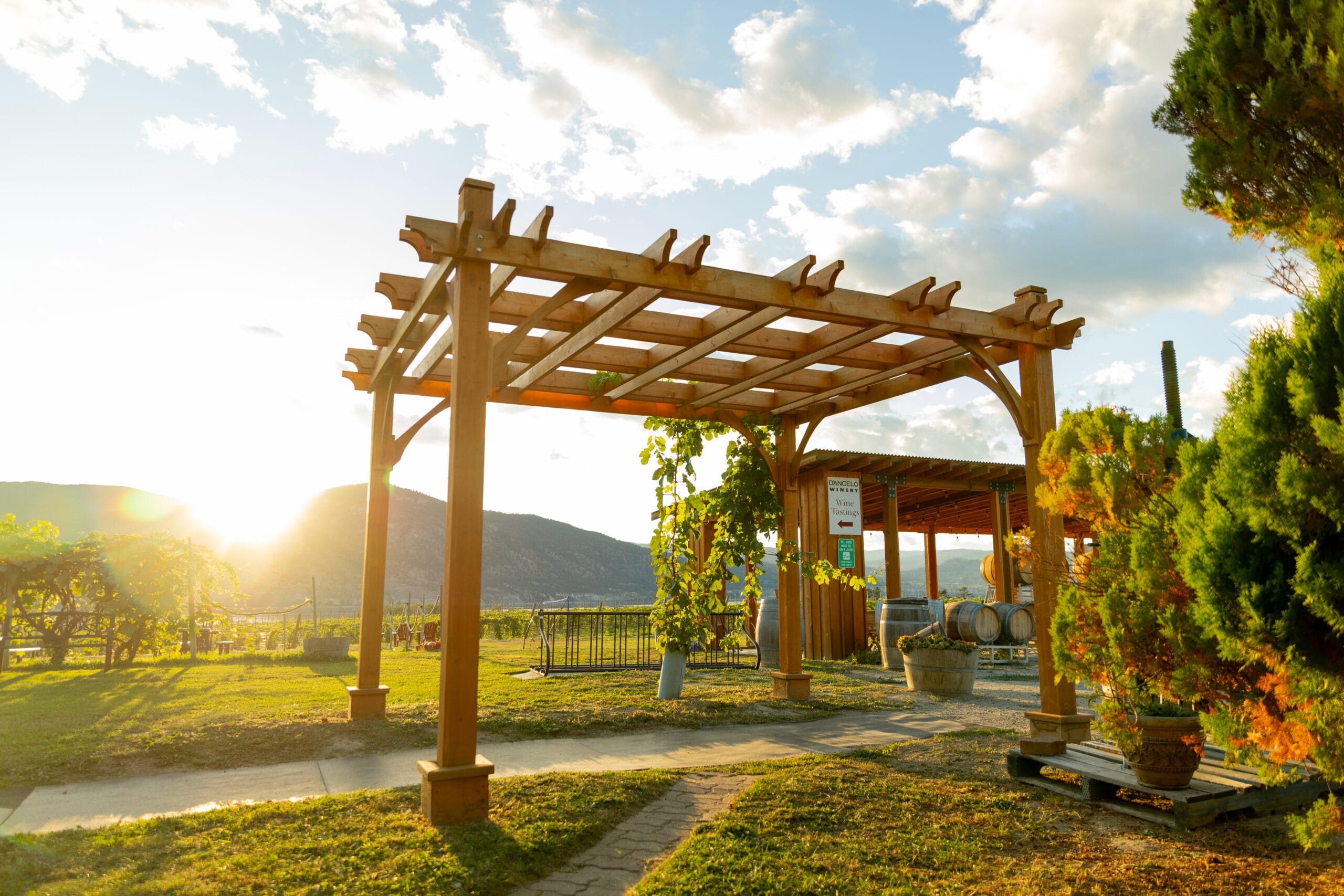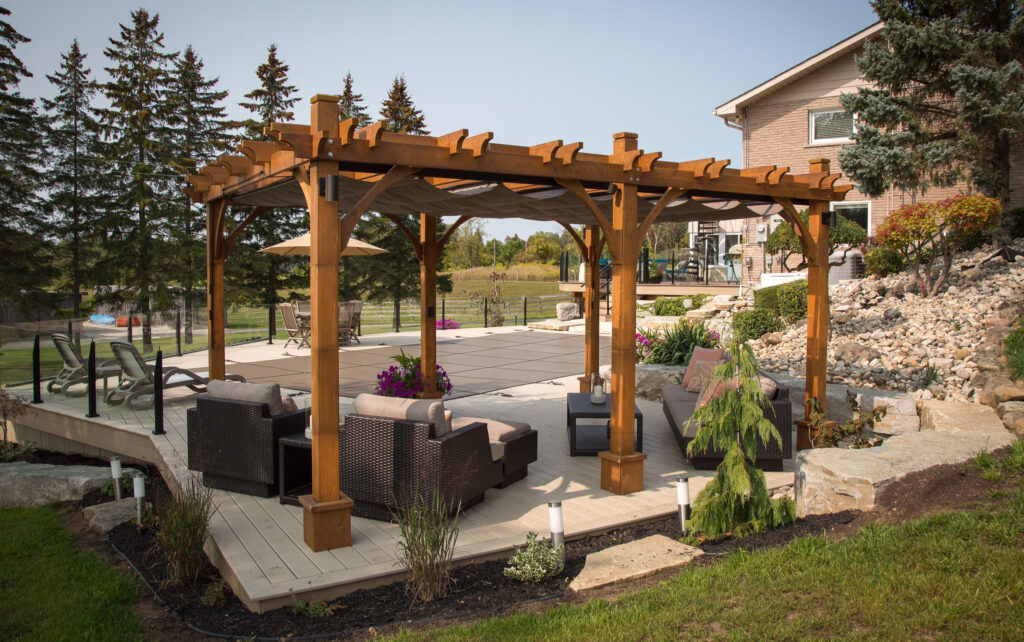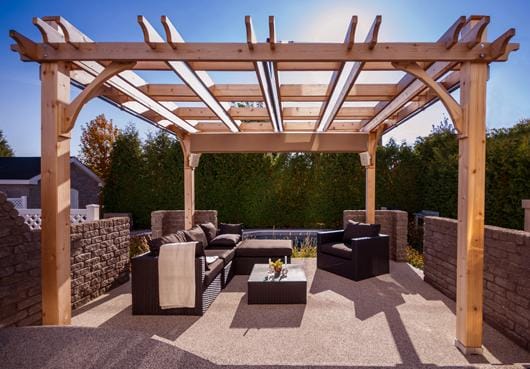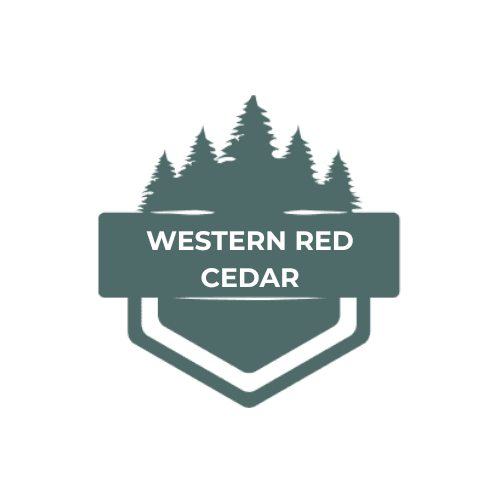No products in the cart.
10 Reasons to Choose Western Red Cedar for Your Pergola
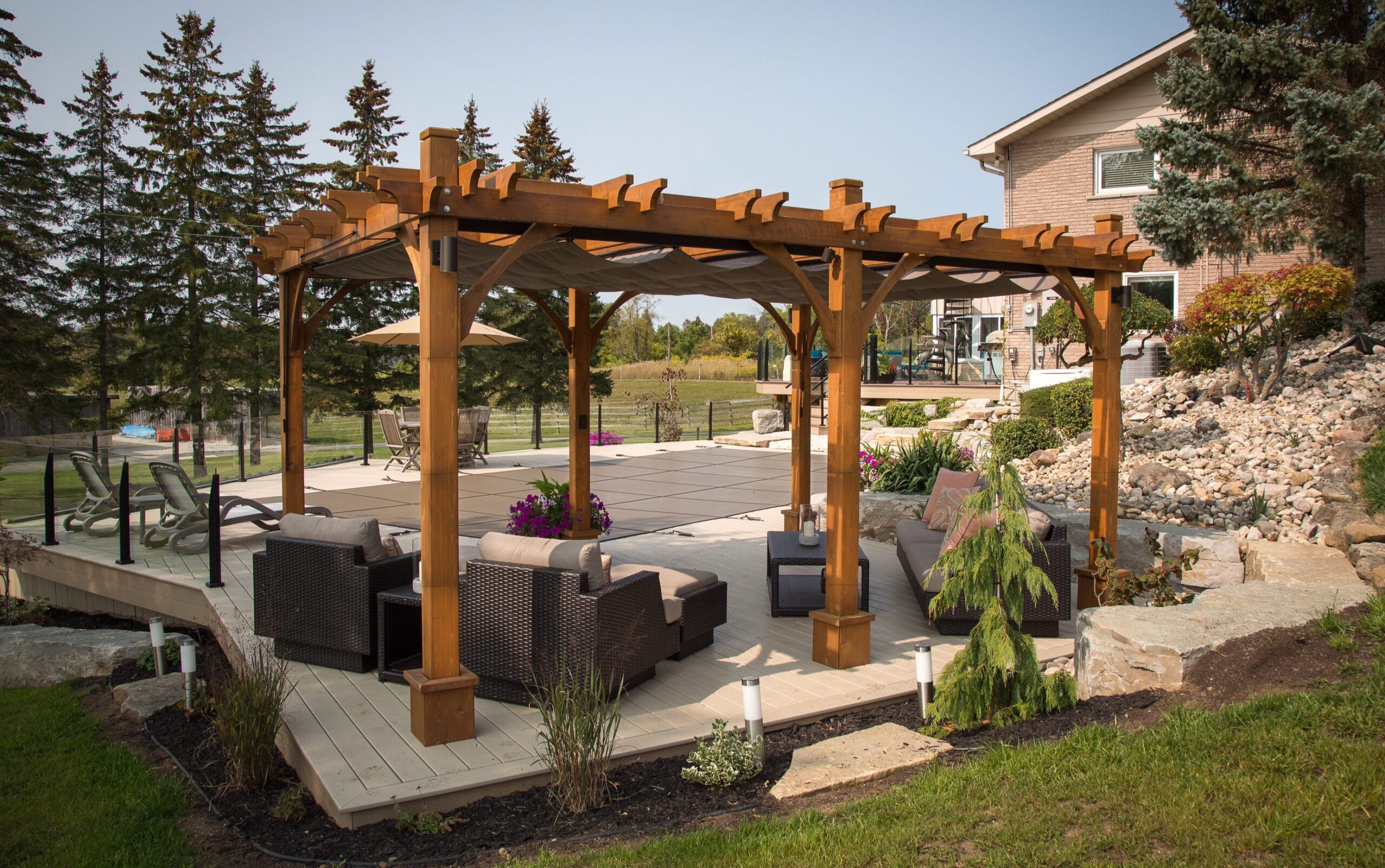
If you’re planning to build a wooden pergola, one of the most important decisions you’ll make is choosing the right material. Among all wood options available, Western Red Cedar stands out as the ultimate choice for outdoor living structures — offering natural durability, rich aesthetics, and incredible workability.
At Outdoor Living Today, we design and manufacture high-quality Western Red Cedar Pergola Kits for customers across North America. Here’s why cedar remains the gold standard for outdoor pergolas.
🌿 1. Naturally Durable & Weather Resistant
Western Red Cedar is prized for its natural resistance to decay, moisture, and outdoor elements. It performs exceptionally well in extreme weather conditions — from wet coastal climates to dry, sun-drenched backyards. This makes it a smart, long-term choice for pergolas, gazebos, and sheds.
🐜 2. Naturally Insect-Repellent
Cedar contains natural oils that act as a built-in insect deterrent, helping to keep termites and other pests at bay — no chemicals or treatments required. That’s one reason it has been used for centuries in fencing, outdoor siding, and even roofing.
🔁 3. Superior Dimensional Stability
Cedar is a hygroscopic wood, meaning it balances moisture with the surrounding environment. Unlike many softwoods that warp or crack over time, Western Red Cedar holds its shape through fluctuations in humidity and temperature.
🪶 4. Lightweight & Easy to Work With
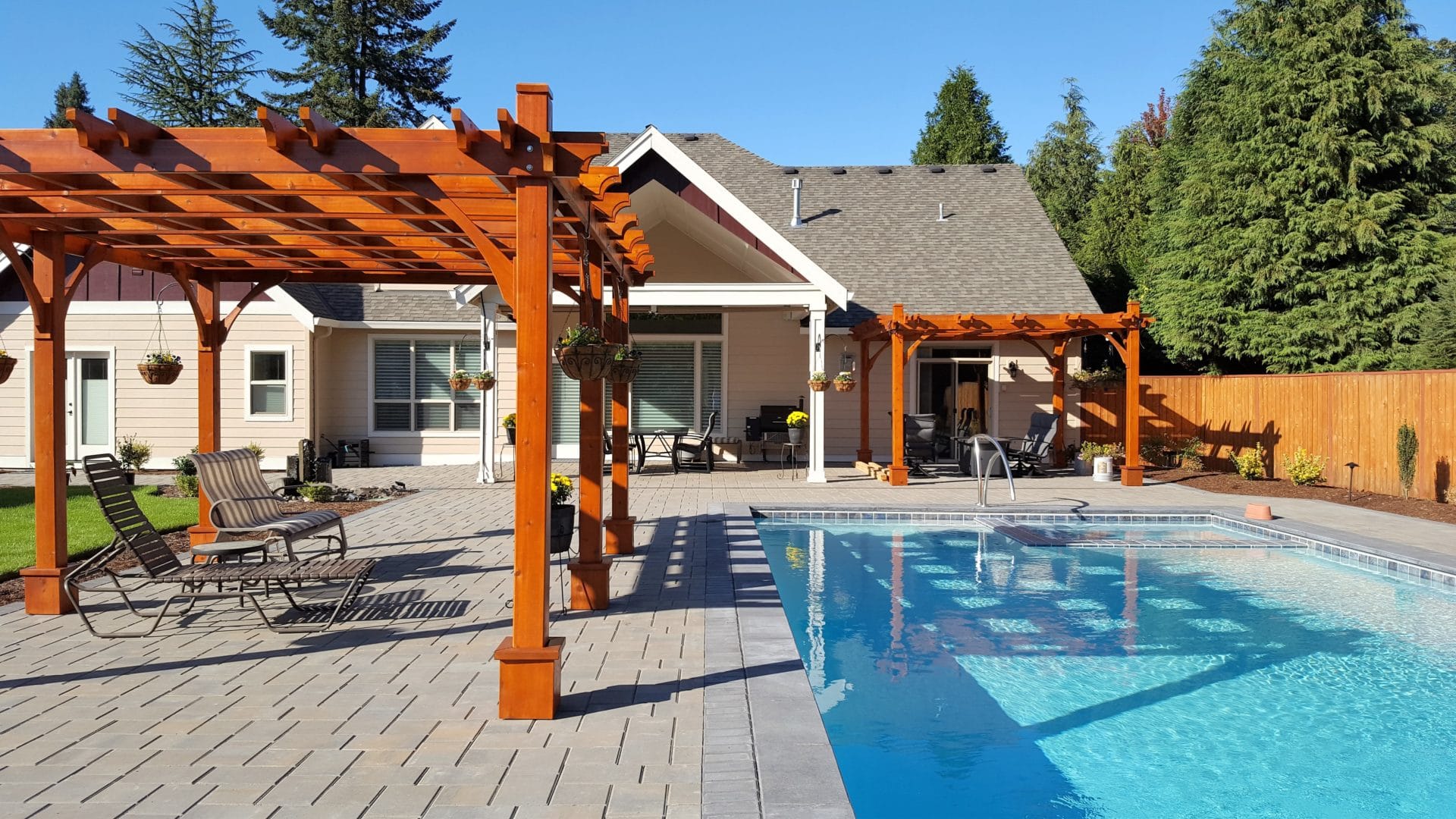
Western Red Cedar is one of the lightest softwoods used in outdoor construction, weighing in at about 21 lbs per cubic foot. This makes it easy to handle, transport, and install — especially helpful for DIY builders using our easy-to-assemble pergola kits.
🌡 5. Excellent Thermal Insulation
Thanks to its unique cellular structure, cedar naturally resists heat transfer. Your cedar pergola will stay cooler in summer, providing a shaded retreat, and won’t retain excessive heat like metal or brick structures do.
✨ 6. Beautiful Natural Appearance
Cedar offers timeless beauty with its rich grain patterns and reddish-brown hue. It can be left unstained to gracefully weather to a silvery grey, or stained to enhance its warm tone. It’s the ideal material for homeowners who value curb appeal and natural aesthetics.
Looking for style inspiration? Explore our curated Decorating Ideas for pergolas and garden spaces.
🌸 7. Fresh Natural Aroma
The signature cedar scent is both soothing and nostalgic. Its aromatic oils not only repel insects but also create a pleasant sensory experience — especially in cozy, enclosed spaces like pergolas or greenhouses.
🔇 8. Sound Dampening Qualities
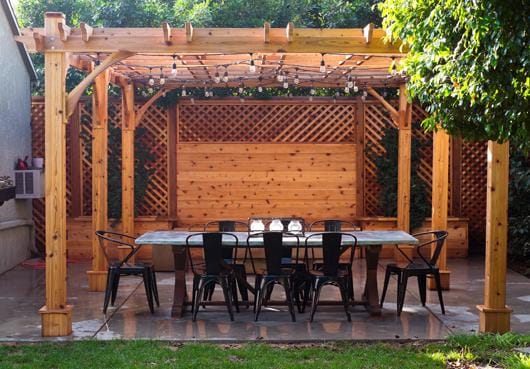
Cedar has natural acoustic dampening properties, reducing noise transmission and echo. If you enjoy outdoor dining or hosting gatherings under your pergola, you’ll appreciate the added comfort and ambiance it offers.
🛠 9. Builder-Friendly
Cedar is easy to cut, screw, and drill without splintering, making it a favorite among DIYers and contractors alike. Need help assembling your kit? Download our assembly manuals or visit our FAQs for more support.
🧩 10. Design Flexibility
Whether you’re going for rustic charm or modern elegance, cedar gives you more freedom to customize. It handles intricate cuts and decorative touches with ease — perfect for creating pergolas that suit your vision.
Build It Better with Outdoor Living Today
At Outdoor Living Today, we offer a wide range of Western Red Cedar Pergola Kits that are precision-cut, panelized for easy assembly, and shipped right to your door. Plus, we offer warranty coverage and shipping support across North America.

